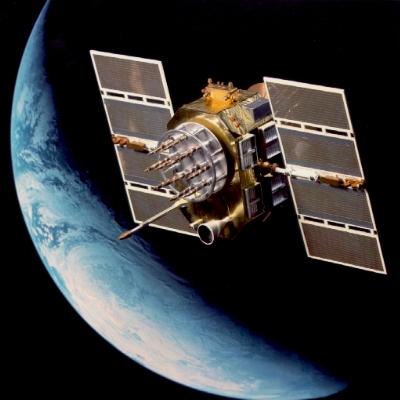
GPS units receive two types of data from the NAVSTAR satellites.
Almanac
Almanac data contains the approximate positions of the satellites. The data is constantly being transmitted and is stored in the GPS receiver’s memory.
Ephemeris
Ephemeris data has the precise positions of the satellites. To get an accurate location fix, the receiver has to know how far away a satellite is. The GPS receiver calculates the distance to the satellite by using signals from the satellite.
Using the formula Distance = Velocity x Time, a GPS receiver calculates the satellite’s distance. A radio signal travels at the speed of light (186,000 miles per second). The GPS receiver needs to know how long the radio signal takes to travel from the satellite to the receiver in order to figure the distance. Both the satellite and the GPS receiver generate an identical pseudo-random code sequence. When the GPS receiver receives this transmitted code, it determines how much the code needs to be shifted (using the Doppler-shift principle) for the two code sequences to match. The shift is multiplied by the speed of light to determine the distance from the satellite to the receiver.
Almanac
Almanac data contains the approximate positions of the satellites. The data is constantly being transmitted and is stored in the GPS receiver’s memory.
Ephemeris
Ephemeris data has the precise positions of the satellites. To get an accurate location fix, the receiver has to know how far away a satellite is. The GPS receiver calculates the distance to the satellite by using signals from the satellite.
Using the formula Distance = Velocity x Time, a GPS receiver calculates the satellite’s distance. A radio signal travels at the speed of light (186,000 miles per second). The GPS receiver needs to know how long the radio signal takes to travel from the satellite to the receiver in order to figure the distance. Both the satellite and the GPS receiver generate an identical pseudo-random code sequence. When the GPS receiver receives this transmitted code, it determines how much the code needs to be shifted (using the Doppler-shift principle) for the two code sequences to match. The shift is multiplied by the speed of light to determine the distance from the satellite to the receiver.

No comments:
Post a Comment